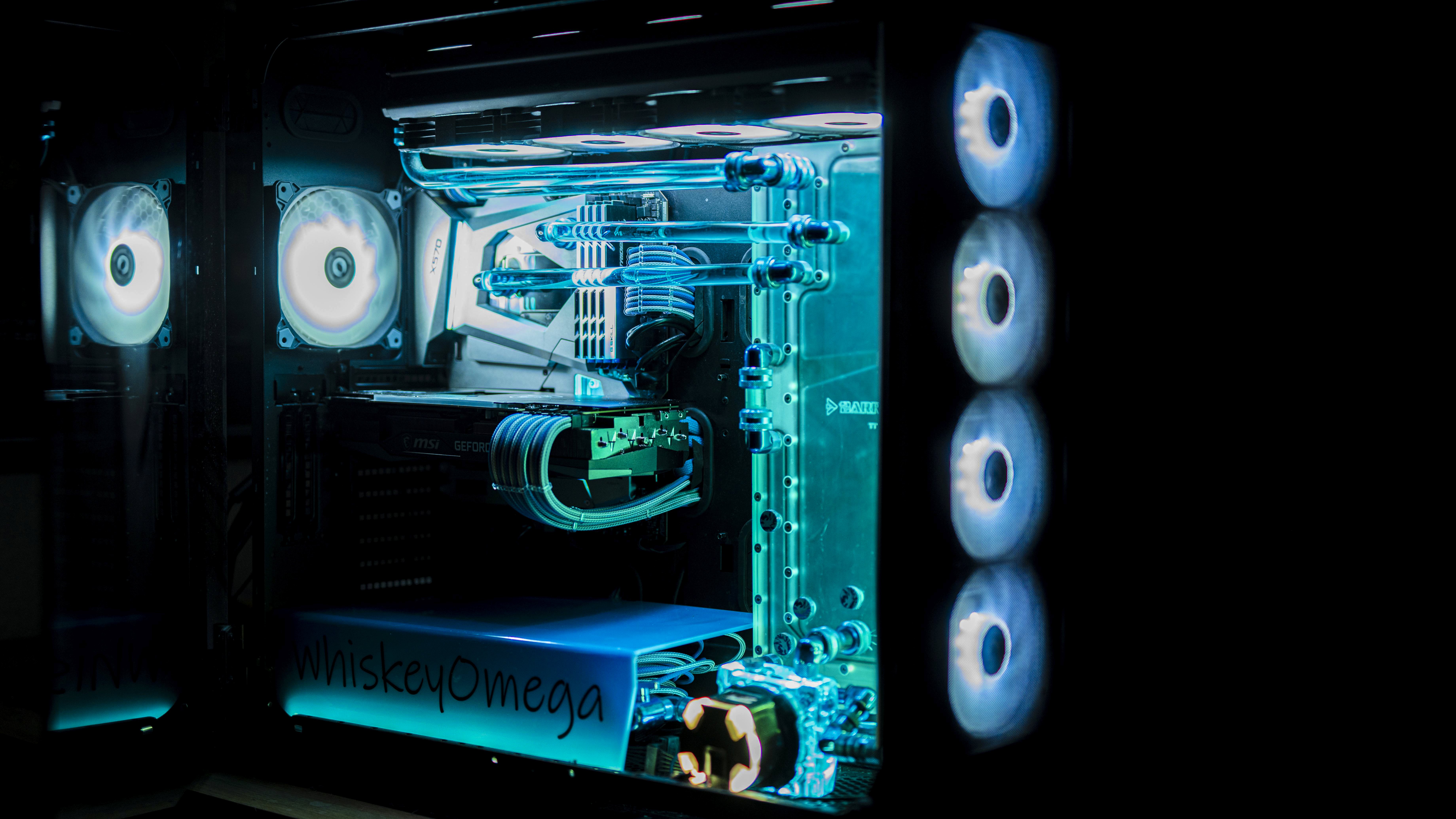

BRICS isn’t an alliance or a cohesive entity. It’s the equivalent of the G7 for major non-western economies. India and China hate each other. China and Russia only really get along in being anti-US. Brazil and South Africa have no real intersection with the geopolitical goals of the other. BRICS isn’t a geopolitical anything of any meaning.
I suspect India is doing this for the simple reason that they have zero control over Windows while they would have as much control as they want over internal-Linux use. They’re large enough that they can make it work, assuming they’re willing to dedicate the people and the money to it and put up with the non-insubstantial switching costs. Open question on what their follow through will look like, but it’s entirely within their capability.



The basic outline of where to split the company seems straightforward to me.
AWS get split off first and foremost, that part is blatantly clear to me.
From there, the retail webstore (what we generally think of as “Amazon”) gets split off from its broad category of services: music and movie streaming and everything in that category.
After that, split anything that involves designing/repurposing other designs and selling a specific consumer product off. Kindle, Alexa, Roomba (if that purchase goes through), Amazon Basics, etc.
I think there’s a decent amount of room to get more granular with the process, but I think that covers it as a basic outline.